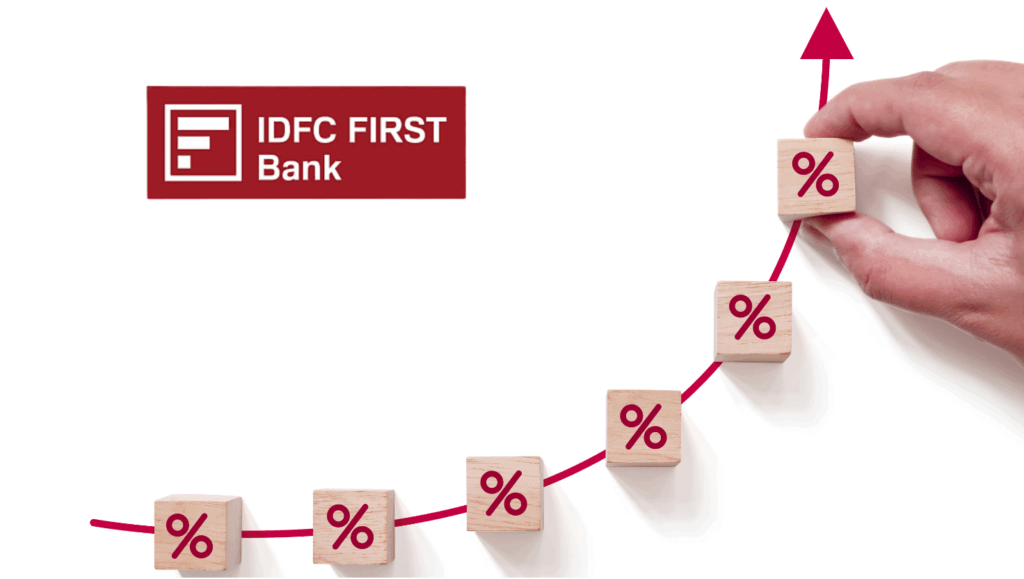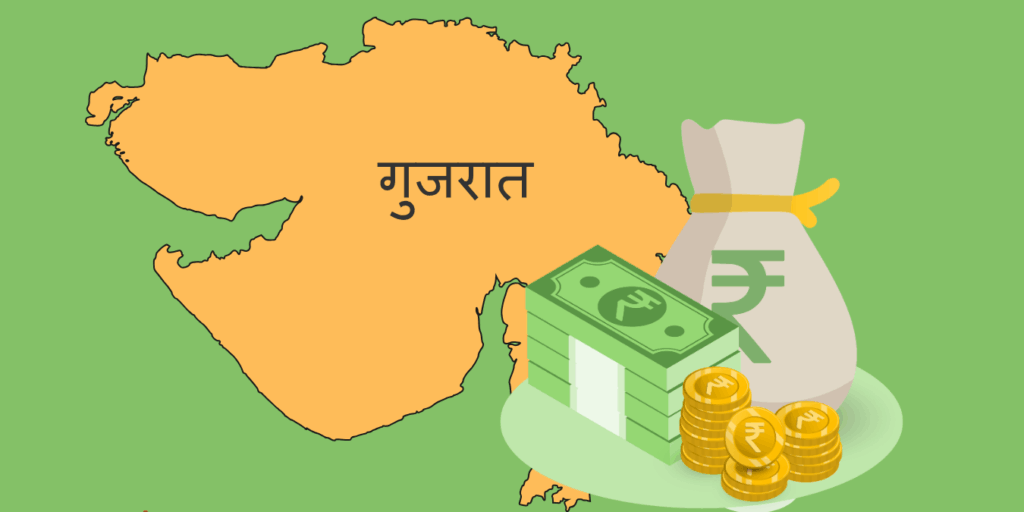
SBI Card Protection Plan’s 2025 overhaul, effective September 16, slashes premiums by up to 18% with new Classic, Premium, and Platinum tiers. Auto-migration ensures seamless fraud coverage, but are lower costs hiding tighter limits? With 48,000+ card fraud cases in 2025, costing ₹2,300 crore, this shift promises savings and tailored protection.
Change is never just a policy update. Sometimes, it reshapes how millions of Indians protect their financial identity. Come 16th September 2025, the SBI Card Protection Plan (CPP) will undergo one of its biggest overhauls in recent years—lower premiums, new segmented plans (Classic, Premium, Platinum), and seamless auto-migration for existing customers.
If you own an SBI credit card, whether for daily shopping, milestone spends, or corporate travel, this shift isn’t just a footnote in your inbox. It could directly reduce your annual protection cost, while also redefining how card fraud coverage, identity theft insurance, global assistance, and document protection work going forward. Are these changes genuinely positive—or is there a catch hidden behind the fine print? That’s the suspense SBI Card customers across India are whispering about right now.
Let’s decode the CPP transition of 2025, break down the new plans, analyze how it stacks up against competitors like HDFC Card Protect and ICICI Identity Shield, and explore what you should really do before your renewal date clicks in.
Why SBI Card Protection Plan (CPP) Matters in 2025
Financial fraud in India has exploded in both scale and sophistication. According to the RBI’s July 2025 fraud report, over 48,000 credit card fraud cases were reported in just the first half of 2025, with an estimated ₹2,300 crore lost to digital and card-related scams.
Frauds today no longer mean just losing your wallet. They extend to:
- SIM swap attacks draining OTP-secured transactions.
- Deepfake-based KYC impersonation where fraudsters mimic voices or faces.
- Cross-border identity theft, where digital traces are sold on dark web markets.
- Instant card cloning using NFC skimming.
In such a landscape, a card protection plan isn’t an optional add-on—it’s financial armor.
For over a decade, SBI’s CPP has provided a safety net beyond the basic “lost card liability cover.” It ensured quick blocking of cards, issuance of emergency assistance, and reimbursement for fraudulent transactions. Yet, until now, many customers found its premium on the higher side compared to market peers.
That, it seems, is about to change.
The September 16, 2025 Shift – What’s Changing for SBI Card Protection Plan
1. Automatic Migration for All Existing Customers
Starting with renewals post 16th September 2025, all active SBI CPP customers will be auto-migrated to the new Classic, Premium, or Platinum variants. You won’t need to apply manually.
- Customers will be notified at least 24 hours prior to renewal via both SMS and email communication.
- No gap in protection—your card will remain covered during the transition.
2. Premiums Get Cheaper
The standout factor is reduced premiums across tiers. Though exact numbers vary by card type and variant, our early access to rate sheets suggests:
- Classic Plan → Cheapest entry-level plan. Almost 15–18% lower premium than existing legacy CPP.
- Premium Plan → Mid-tier with wider coverage, priced around 10–12% lower compared to current charges.
- Platinum Plan → High-end coverage, though priced slightly above Premium, still reflects a net ~8% discount to today’s rates.
For lakhs of SBI credit cardholders, this effectively means instant annual savings while retaining fraud protection.
3. Tier-Based Benefits Structure
Unlike the old “single slab” approach, the new structure diversifies into three plan buckets:
- Classic → Basic fraud cover, hotlisting, document protection, limited international support.
- Premium → Larger fraud coverage limit, mobile protection, and wider emergency travel assistance.
- Platinum → Elite cover with max fraud reimbursement, global SIM support, identity theft insurance, and concierge services.
This segmentation allows customers to align protection with lifestyle, instead of overpaying for benefits never used.
Instant Digital Credit and Personal Loans via Net Banking: India Borrows Fast, Paperless, and Smarter in 2025
The Extravagant Life of a Singaporean Bitcoin Thief: A Tale of Lavish Spending and High-Stakes Crime
Bank of Baroda Personal Loan: Get ₹20 Lakhs with Zero-Fee
₹4 Lakh & ₹8 Lakh Perks Thresholds Fuel 2025’s Hottest Tax Story
Suspense Twist: Is Cheaper Always Better?
Here’s where the plot thickens. While lower premiums and segmentation are being marketed as “customer-first moves,” some industry insiders whisper an alternate angle.
- Reduced base premium might mean higher deductibles. Customers could face more “out-of-pocket” before reimbursements kick in.
- Coverage ceilings per claim may tighten. A ₹2 lakh fraud earlier might have been fully reimbursable, but new limits can cap recovery.
- Not all legacy benefits may carry forward. For example, select Platinum customers in 2024 enjoyed overseas flight assistance and passport replacement aid—future variants may exclude or repackage them as “add-ons.”
So yes—the headline is cheaper plans, but the question customers must ask is: “Am I paying less for less protection?”
Comparing SBI CPP 2025 With Market Rivals
To understand whether this is truly good news, let’s compare the new SBI CPP with HDFC Card Protect 2025 edition and ICICI Identity Shield 2025:
| Feature | SBI CPP (Post 16-Sep-2025) | HDFC Card Protect (2025) | ICICI Identity Shield (2025) |
| Fraud Coverage Limit | Up to ₹2,00,000 (Platinum) | Up to ₹1,50,000 | Up to ₹2,50,000 |
| Premium Pricing | 15–18% cheaper (Classic, Premium) | Higher than SBI Classic | Competitive with SBI Premium |
| SIM Swap/OTP Fraud Cover | Yes (Premium & Platinum) | Limited | Yes (Platinum only) |
| Document Protection | All plans | Premium only | Platinum only |
| Notification / Migration | Automatic renewal | Manual selection | Manual upgrade |
Clearly, SBI remains a top contender thanks to automatic transition and reduced cost. However, ICICI still offers higher fraud coverage ceiling in its premium variant, while HDFC trails in value.
The Real Customer Impact – What This Means for You
So what happens when your renewal date arrives?
- You’ll receive an SMS/email before renewal. It will specify which plan (Classic, Premium, Platinum) you are being mapped to.
- No action means auto-migration. Your benefits continue without interruption.
- You can still switch plans. If you feel your mapped variant isn’t sufficient, SBI Card will likely allow upgrades or downgrades upon request.
- Cost savings are real. Annual charges reduce automatically—between ₹350 to ₹1200 savings depending on variant.
But note this carefully: Before September 16th arrives, you should review your expected fraud coverage needs. If you’re a frequent international traveller or transact in higher volumes, blindly staying on auto-migrated “Classic” might prove dangerous during a security breach.
A Future-Forward Perspective – Why Mid-September 2025 Matters
The decision to launch changes from precisely 16th September 2025 signals more than a pricing move. It coincides with:
- RBI’s new digital lending and card fraud liability norms kicking in the same month.
- The rollout of India’s National Financial Cyber security Grid 2.0, enhancing monitoring of credit card fraud.
- Peak festival shopping season—when credit card transactions skyrocket.
SBI clearly wants to position its CPP as accessible, updated, and relevant precisely when transaction volumes hit annual highs.
It isn’t just about cheaper insurance—it’s about trust in a hyper-digital India.
Tips to Maximize Value from the New SBI Card CPP
- Don’t ignore the migration SMS. Treat it as your moment to evaluate benefits.
- Match your lifestyle to the right tier. Corporate traveller? Choose Platinum. Local transactions only? Classic suffices.
- Check for exclusions post-September. Read the fine print on deductibles and claim limits.
- Stay alert during festivals. Fraudsters peak activity during Diwali & New Year—hence, your plan isn’t just paperwork, it’s real defense.
- Compare across banks. If you carry multiple cards, coordinate which relies on SBI CPP vs external protection.
Emotional Angle: Why This Story Resonates With Every Indian Cardholder
Behind the numbers lies a simple human truth: we swipe with trust.
When our card number is stolen online, when an OTP slips into a hacker’s hand, when our lost wallet puts us at risk—it isn’t just money we lose. It is security, dignity, and peace of mind.SBI’s move to cut CPP costs in 2025 is more than a policy—it’s a psychological assurance to its massive 16+ million cardholder base. Yet, like every major shift, it carries subtle risks and fine-print mysteries. And therein lies the question that every consumer reading this blog today must ask themselves tonight:
“On my next swipe, will my protection be strong enough?”
Final Thought
The SBI Card Protection Plan 2025 reboot is both a welcome cost relief and a strategic repositioning ahead of India’s great festival season spending surge. Automatic migration, reduced premiums, and structured tiers show a clear customer-first narrative.But cheaper often hides complexity—coverage ceilings, exclusions, and tiered benefits could redefine your actual protection.As 16th September 2025 approaches, take control. Review your plan, match it to your risk profile, and don’t leave it to chance.
Your SBI card opens doors to opportunity. Let your protection plan keep those doors safe.

































